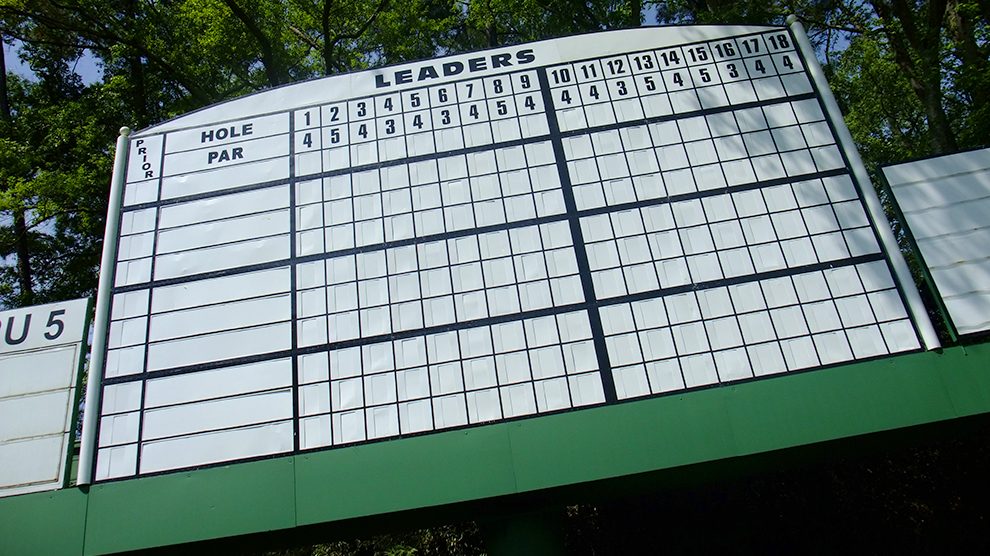When fans tune in to watch a professional golf tournament on the PGA Tour, LPGA Tour or DP World Tour, they'll likely see that a player is under par during their round but still has holes to play.
It can be difficult to understand how a player can be under par during a round when they haven't finished playing yet.
However, it is possible for a player to be under par during a round and still have more work to do. Let's explain how.
In golf, not only does a golf course have a total par, but each hole has a par. So a player can be under, over or even par on each hole, and a golfer's total score against par is a measure of their total score against the course par -- which can be added up by each hole.
So, if a player plays five holes -- a three par 4s, a par 3 and a par 5 -- then an even-par score through five completed holes is 20. If a player has shot 19, they're 1 under through five holes. If that player shot 21, then they're 1 over through five holes.
If the player shot 20, then a golf leaderboard would show the player's name, the letter E and the number 5, for five completed holes. If the player shot 19, then a golf leaderboard would show the player's name, then the -1 score and the number 5, for five completed holes. If the player shot 21, then a golf leaderboard would show the player's name, then the +1 score and the number 5, for five completed holes.
At that point in the round, a golfer would still have 13 more holes to play. Since we don't know their score for those holes yet, the player is, for example, 1 under through five holes, or -1 thru 5.
How to compare golfers' scores when they have played a different number of holes
The assumption is often made that a player will make pars on the remaining holes of their round, and that's then how golf fans can compare players' scores when they haven't all played the same number of holes. However, golf fans know some holes are easier or more difficult than others, so a player isn't going to simply par each remaining hole into the clubhouse to end the round.

